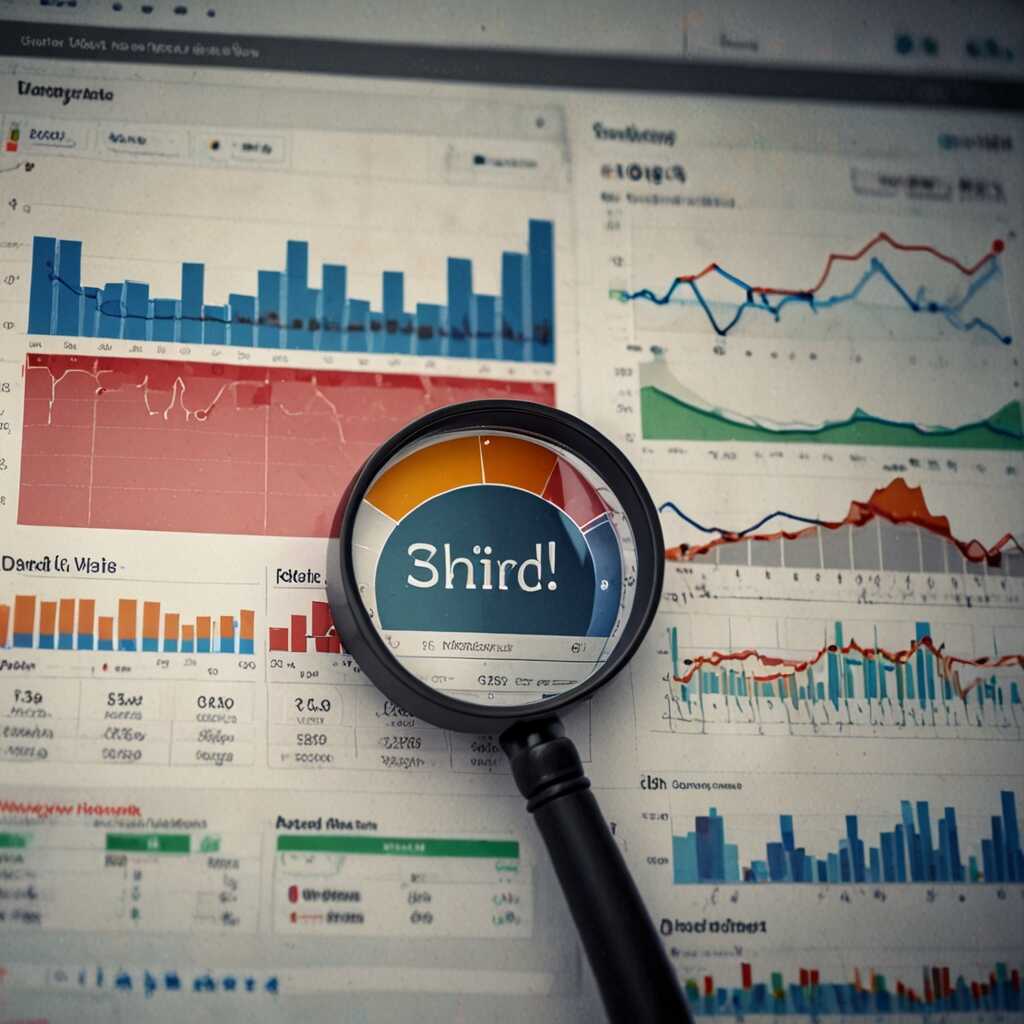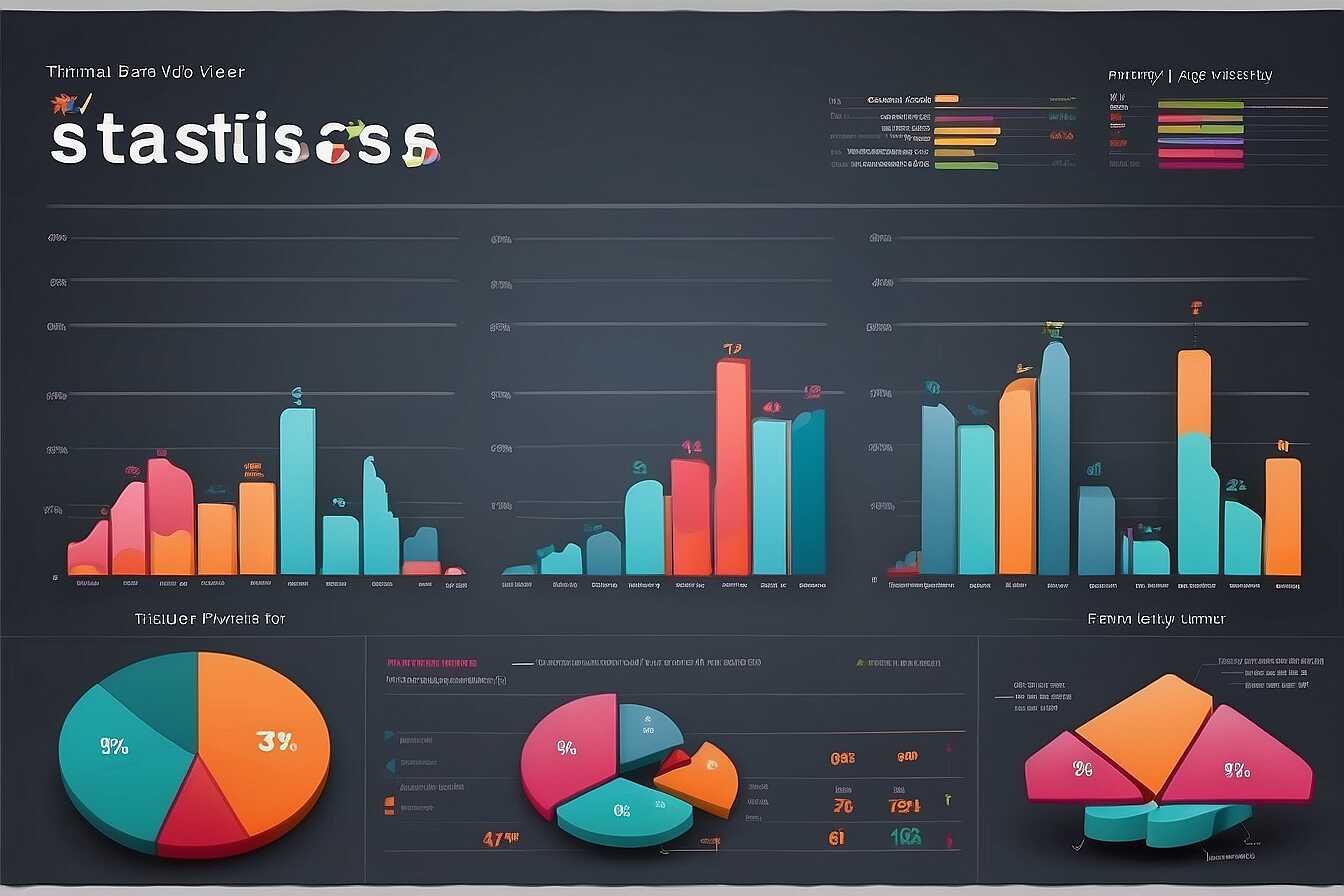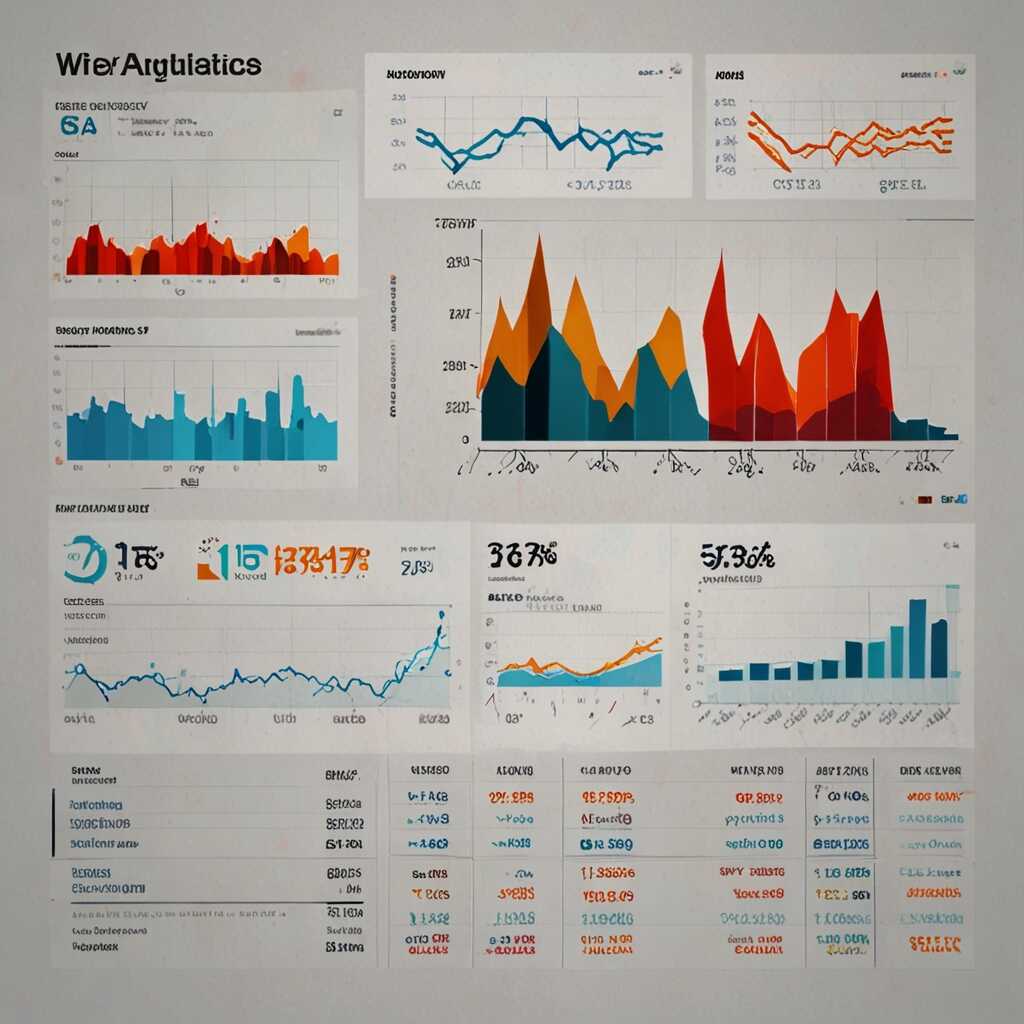Boosting your SEO results is attainable by effectively utilizing seasonal keyword trends and timing. By understanding how these trends fluctuate throughout the year, digital marketers and content strategists can optimize their strategies for increased website traffic. At Metrics Rule, we specialize in leveraging these seasonal trends to enhance your SEO performance, ensuring that your content is both timely and relevant. With our technical expertise and commitment to best practices, we help small business owners and e-commerce executives navigate the ever-changing digital landscape.
Exploring the Significance of Seasonal Keyword Trends in SEO
Seasonal keyword trends refer to the fluctuations in keyword search volume driven by seasons, holidays, or events. These trends are vital for SEO success because they allow businesses to align their content with what people are actively searching for at specific times. By understanding these trends, businesses can strategically time their campaigns to capture higher search volumes during peak periods. For instance, retailers can optimize their e-commerce sites for keywords related to holiday shopping in November and December, potentially increasing website traffic and sales. Effective content strategies that utilize seasonal keyword trends can enhance overall SEO results and improve customer engagement.
Maximizing SEO Impact Through Seasonal Timing
To maximize SEO impact through seasonal timing, businesses should conduct thorough keyword research well in advance. This research includes examining tools like Google Trends to identify which keywords experience spikes during specific seasons. For example, keywords related to fitness may see increased searches in January as people pursue New Year’s resolutions. Aligning SEO efforts with these search patterns can dramatically enhance content strategies and drive more traffic. Additionally, companies can create timely blog posts, social media campaigns, and e-commerce promotions that capitalize on seasonal interest, ensuring they effectively meet user demand during prime searching periods.
Effective Strategies for Identifying Seasonal Keywords
To find seasonal keywords, utilize tools like Google Trends, Ahrefs, and SEMrush to analyze fluctuations in search volumes. These tools provide insights into keywords that spike during specific times of the year. Seasonal marketing strategies are essential for small businesses. By creating targeted campaigns that align with seasonal trends, businesses can improve their customer engagement and drive higher traffic volumes. Research shows that well-leveraged seasonal keywords can boost web traffic by as much as 30-50% during peak periods.
Utilizing Google Trends for Seasonal Keyword Insights
Google Trends is an excellent resource for tracking the popularity of seasonal keyword trends over time. By entering relevant keywords, you can view historical data that shows when interest peaks, allowing you to plan content and marketing strategies accordingly. For instance, if you run an e-commerce site in Vancouver, you might discover that keywords related to “summer sales” gain traction in early spring. By aligning your product promotions with these insights, you enhance your chances of capturing significant traffic. Consistent monitoring of these trends helps in making data-driven decisions for effective SEO performance.

Developing Engaging Content Focused on Seasonal Keywords
To develop engaging content focused on seasonal keywords, start by identifying relevant keywords related to your niche. Use tools like Google Trends and keyword research tools to analyze search patterns and user interest over time. Craft content that aligns with user search intent during peak seasons. It’s essential to create relevant material that offers value and addresses common questions or needs of your audience. You might aim to target three to five seasonal trends in your calendar to ensure effective coverage.
Best Practices for Engaging Seasonal Content
To maximize the impact of your seasonal content, ensure that it is rich in data, provides real value, and engages the reader. Focus on user search intent to drive traffic effectively. Highlight trends or reviews within your niche, enabling your audience to connect easily with your content. Incorporate visuals and data-driven insights to enhance the user experience. Additionally, optimize for SEO by using targeted keywords, and ensure your content is mobile-friendly. This strategy helps improve your ranking on search engines like Google and Bing, enabling better visibility.
Remarkable Statistics on Timing and Trends
- Over 60% of searches are influenced by seasonal shifts.
- About 40% of online retailers see a traffic spike during holidays.
- Search interest in specific topics can rise by up to 200% seasonally.
- Digital marketing campaigns that utilize trends have a 30% higher ROI.
- More than 70% of consumers prefer making purchases tied to seasonal events.
- Utilizing timely keywords can boost your click-through rates by 25%.
- Search engines show trends in their autocomplete suggestions 40% of the time.

Timing Your Content Launches to Maximize Seasonal Traffic
To effectively time your content launches for seasonal SEO, focus on several key factors. First, analyze historical data to understand when seasonal keyword trends peak. Utilize tools like Google Trends to identify these patterns. Next, consider relevant seasonal events and holidays as they provide optimal opportunities for content visibility. A well-timed content release can significantly enhance traffic and engagement levels, so aim to plan at least 6 to 8 weeks in advance of peak times. This timeframe allows for proper optimization and review of your content, ensuring it ranks well when search interest surges.
Identifying Key Seasonal Events for Content Launches
Identifying key seasonal events is essential for an effective content timing strategy. Focus on annual holidays, local festivals, and industry-specific events that resonate with your audience. For instance, e-commerce businesses should align content with Black Friday, Cyber Monday, and Valentine’s Day to maximize visibility. Use analytics tools to monitor search interests several weeks prior to these events. By collecting data on rising trends, you can craft content that targets seasonal keywords effectively. This approach not only improves your SEO performance but also prepares you to capture the momentum when interest in your products or services peaks. Metrics Rule emphasizes that timely content releases are crucial in maintaining relevance and driving traffic.

Revamping Existing Content to Tap into Seasonal Trends
To effectively modify existing content and leverage seasonal keyword trends, start by conducting thorough keyword research. Use tools like Google Trends or SEMrush to identify keywords that spike in popularity during specific seasons. Update your content by incorporating these keywords naturally into headings, meta descriptions, and body text. Refresh old articles with updated information, visuals, or statistics that resonate with seasonal themes. This not only improves search engine ranking but also enhances content performance analysis, resulting in increased website traffic.
Identifying Seasonal Keywords Relevant to Your Audience
Identifying seasonal keywords relevant to your audience requires focused keyword research strategies. Begin by analyzing search data over the past years to pinpoint patterns. For instance, e-commerce sites might find spikes in terms like “holiday sales” or “summer fashion.” Utilize analytics tools to evaluate how these keywords performed in previous seasons. You can also consider creating localized content that taps into regional holiday trends, enhancing your site’s relevance and efficiency in attracting targeted traffic during peak seasons.
Key Advantages of Leveraging Timely Trends
- Attract targeted traffic when users are actively searching.
- Optimize content using seasonal keywords increases visibility.
- Engaging content aligned with seasons fosters user connection.
- Enhanced online sales during peak buying periods leads to profits.
- Improving brand familiarity through consistent seasonal themes.
- Utilizing user trends builds loyalty and repeat business.
- Enhanced social media interactions boost overall brand awareness.

Utilizing Analytics to Track Seasonal Keyword Performance
Analytics tools play a crucial role in tracking seasonal keyword performance. They provide reliable data on which keywords drive traffic to your website and help identify trends over time. For example, using Google Analytics, you can compare different periods to see how seasonal keywords perform during peak times. This comparison helps you refine your data-driven keyword strategy, ensuring that your focus is aligned with actual user behavior. It’s also beneficial to review other industry-specific metrics, like conversion rates and bounce rates, to determine the effectiveness of these seasonal keywords.
Best Practices for Analyzing Seasonal Keywords Across Industries
When analyzing seasonal keywords, it’s essential to tailor your approach based on industry needs. For e-commerce, focus on keywords tied to holidays or events, like “Black Friday deals.” Utilize tools such as keyword research software to gather data on search volumes during specific times. Local businesses, on the other hand, should consider keywords related to local events and seasons, such as “summer festivals in Vancouver.” Adjust your Google Analytics settings to track these keywords specifically for better insights. By addressing the specifics of your niche, you can enhance your seasonal keyword strategies and optimize performance metrics effectively.
Engaging Your Audience on Social Media with Seasonal Keywords
Utilizing seasonal keywords on social media can significantly enhance engagement and reach. Businesses can create targeted content that resonates with their audience during specific times of the year. Popular seasonal keywords can increase the chances of post visibility on platforms like Instagram and Facebook, leading to higher interaction rates. Brands such as Starbucks and Amazon have successfully harnessed seasonal trends to launch specific campaigns, ensuring they connect with their audience at the right time. During peak traffic seasons, it is advisable to include seasonal keywords in at least 40% of your posts to maximize impact and visibility.
Effective Strategies for Utilizing Seasonal Keywords
To effectively utilize seasonal keywords, start with thorough research to identify which keywords are trending during specific seasons. Use tools like Google Trends or social media analytics to finalize your keyword list. Tailor your content strategy around these keywords by creating posts that showcase seasonal promotions or relevant products. Consider the user intent behind these keywords to ensure your content addresses your audience’s needs. Employing visuals and engaging calls-to-action that are season-specific will further enhance engagement. Metrics Rule can assist in optimizing these strategies for maximum effectiveness, ensuring your brand stands out during busy times.
Companies and Trends: Who Gains Most?
- Amazon excels in seasonal promotions, effectively increasing sales.
- Etsy captures unique trends with handmade items, appealing to niche markets.
- Walmart integrates seasonal keywords into their marketing effortlessly.
- Target benefits from its seasonal marketing calendars, driving customer interest.
- Small local businesses often thrive during holiday seasons with themed events.
- Online fashion retailers see significant boosts during seasonal changes in styles.
- E-commerce platforms benefit enormously from leveraging timed promotions.
Preparing for Future Seasonal Changes and Trends
To effectively prepare for future seasonal trends, businesses should adopt proactive strategies that include regular data analysis and continuous updates of their SEO tactics. Companies can use analytical tools such as Google Analytics to monitor seasonal keyword trends and traffic fluctuations. This allows businesses to adjust their marketing campaigns and website content accordingly. Seasonal changes can lead to fluctuations in website traffic by as much as 30-50% based on historical data. By continuously monitoring these changes, businesses can maintain consistent website traffic and enhance their overall SEO performance.
Leveraging Data Analysis for Seasonal Success
Utilizing robust data analysis tools enables marketers to identify patterns in seasonal keyword trends. Employing AI-driven solutions can help in extracting relevant data, ensuring accuracy in predictions. By analyzing past search trends and consumer behavior, companies can note predictive indicators for upcoming seasons. This approach helps businesses enhance their SEO performance and consistently align their content strategies. Companies should prioritize optimizing their websites for seasonal keywords, thereby increasing their visibility and engagement during peak times. Additionally, integrating these findings into e-commerce platforms can significantly improve conversion rates.
